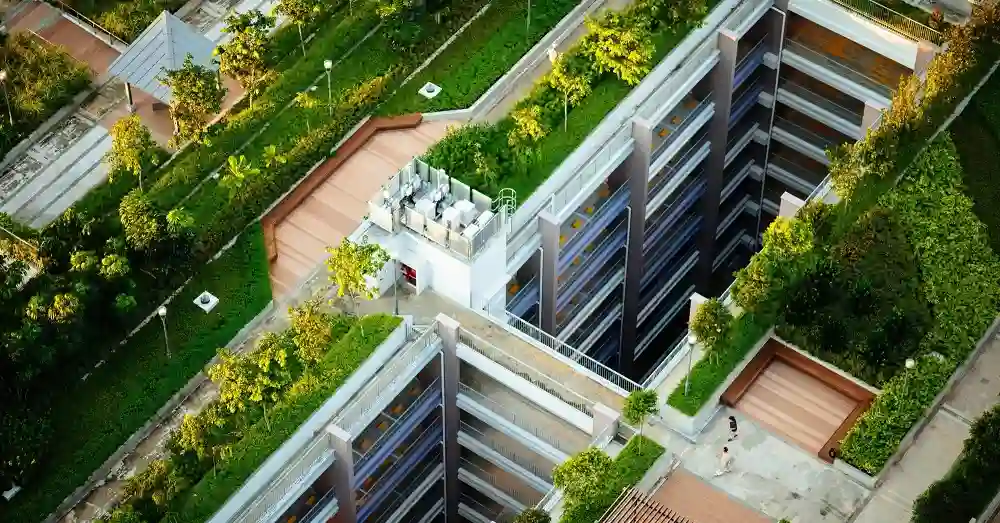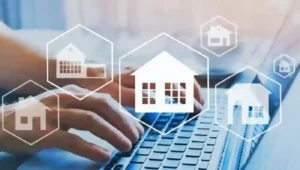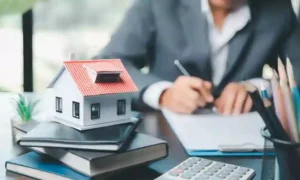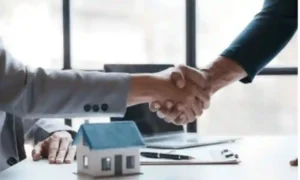The Impact of Sustainable Building Practices on Real Estate

Sustainability is everywhere these days, and not just in the “save the trees” kind of way. It’s a whole movement, especially in real estate. I mean, who thought I’d ever hear people debating the merits of high-efficiency HVAC systems over dinner? But here we are. Anyway, here’s the kicker: sustainable building practices are shaking up how we build, buy, and live in real estate. Let’s dive into how these eco-friendly techniques are changing the game, with some real talk about what it all means for property values.
So, What Exactly Are Sustainable Building Practices?
In Simple Terms, What’s the Deal?
Sustainable building practices are all about designing and constructing buildings with a focus on the environment. We’re talking less waste, more efficiency, and greener materials. Think solar panels, recycled materials, or better insulation that doesn’t suck your bank account dry.
And trust me, as someone who once thought “eco-friendly” meant “cute reusable straws,” I’ve learned the hard way that it’s so much more than that. From choosing the right materials to using less water and energy, these practices touch every part of construction.
Examples That’ll Make Your Head Spin (in a Good Way)
- Recycled or locally sourced materials (I once tried using salvaged wood for a DIY bookshelf and it looked like a Pinterest fail—don’t do it, y’all)
- Solar panels (like, actual free power from the sun—mind-blowing)
- Water-efficient plumbing fixtures (just remember not to overdo it like I did, flooding my apartment in a moment of “sustainable plumbing” inspiration)
The impact of sustainable building practices on real estate? Yeah, it’s bigger than you think. People are literally paying more for these types of homes.
How Sustainable Practices Affect Property Values
People Want Green Homes
I have a friend who can’t stand paying for energy bills. She’s the kind of person who’d freeze herself out to avoid running the heater, and guess what? She’s all about sustainable homes. Why? Because green buildings come with lower utility costs. If you can chop down your heating or cooling costs, you’re probably jumping on the green bandwagon too.
It’s like this: the impact of sustainable building practices on real estate has made these properties super desirable. Why? Because lower bills = happy homeowners. And trust me, there’s nothing like the relief of watching your energy bills drop like your New Year’s resolution to get fit.
ROI? You Bet
You want numbers? Fine. Think about it like this: you spend a little extra up front on solar panels or energy-efficient windows, but you’re gonna see that cash back in savings.
- Lower utility bills (I’m still waiting on my solar-powered dishwasher… it’s coming, I swear)
- Tax credits and rebates (I once got a $2K refund for my solar water heater—yes, I bragged about it)
- Higher resale value (I had no idea my eco-friendly kitchen was worth an extra $15K until I listed my house. Lesson learned.)
The Push for Energy-Efficient Homes
Energy-Efficiency = Savings, Baby
Okay, full confession: My first foray into energy-efficient living was a flop. I installed these smart light bulbs that were supposed to save energy, but they only served to light up the dark side of my soul when they didn’t work. Fast forward past three failed attempts, and now I have a house that runs on solar panels and LED lighting.
The point? Energy-efficient homes offer big savings in the long run. From smart thermostats to solar power, all these add up over time.
Certifications Are a Big Deal
If you want to show your eco-cred, getting certifications like LEED or BREEAM can really set you apart. I mean, who doesn’t want a gold star for being good to the planet? Certified homes are like the VIP section of the housing market. Fast-forward to you selling that house for more money than you paid for it—score!
The Environment’s Trying to Tell Us Something
Cutting Down on Carbon Emissions
Building eco-friendly is no longer just about saving a buck or looking good on Instagram. It’s about cutting down on the environmental footprint. Buildings are responsible for nearly 40% of global energy consumption, and that’s a big problem.
It’s like this: the impact of sustainable building practices on real estate includes tackling climate change one LEED-certified building at a time. And while that sounds like a job for someone way more qualified than me, I’m all for it.
Government Gets Involved
As I learned the hard way when trying to install a rainwater collection system (which didn’t exactly go as planned), there are tax incentives for green construction. So yeah, if you’re thinking about going sustainable, those incentives might make your life a little easier.
How Developers Are Joining the Green Revolution
Green Construction: It’s Trendy Now
Back in the day, “green building” was a dirty word. But now? Developers are all in. They’re using new materials, adopting smart designs, and thinking about long-term sustainability. It’s all about minimizing the environmental footprint while also maximizing profits.
Here’s how it plays out in the real world:
- Modular homes that are faster to build and use fewer materials (I still remember my first attempt at assembling a bookshelf—let’s just say it didn’t go well)
- Passive houses that keep things cool in summer and warm in winter with minimal energy use (I swear my windows are doing more work than my ex)
- Smart technology that helps monitor and reduce energy consumption (I’m that person who talks to my thermostat now, and no, I’m not ashamed)
Buyer Preferences Are Shifting, Y’all
Millennial & Gen Z Buyers Are Into It
Millennials and Gen Z? Yeah, they’re all about it. These two generations are obsessed with anything that has a “green” stamp on it. They’ll hunt down homes with energy-efficient appliances, water-saving fixtures, and anything that reduces their carbon footprint.
I asked my cousin why she won’t buy a house unless it’s sustainable, and she said, “If I can’t grow my own food and save the planet in my new place, I’m out.” I still don’t fully understand how she plans to grow avocados in Maine, but I get the point.
Commercial Real Estate’s Going Green, Too
Eco-Friendly Office Spaces
In commercial real estate, it’s no different. Companies are paying top dollar for office spaces that are sustainable. They want the energy-efficient buildings, the green certifications, and the health benefits that come with good air quality.
It’s like they’re saying, “If we’re going to spend money on office space, let’s make sure it’s worth it in the long run.”
Not All Sunshine and Rainbows
The Costs
Let’s get real. Sustainable buildings can be expensive to construct. I mean, my first attempt at building a greenhouse nearly cost me my marriage (no, not really, but close). The upfront costs are higher—no doubt about it—but, as I found out (thankfully), they pay off.
Health Benefits: A Little Green Never Hurt Anyone
Better Air Quality
Ever walked into a building and felt like you could actually breathe better? No, it’s not your imagination. Sustainable buildings often have better air quality because they use non-toxic materials and better ventilation. I had a friend with allergies who swore her green apartment cured her. She didn’t even have to use that old school remedy—neti pot anyone?
Fun Fact and Random History Drop
Did you know that in the Victorian era, people used to talk to ferns because they believed it prevented madness? I talk to my begonias just in case. Maybe that’s why my plants always look so good… or maybe it’s the smart irrigation system.
Fast Forward: What’s Next?
The Future’s Green
The future of real estate is leaning more and more toward sustainability. With technology like AI and IoT, buildings will get even smarter. Who knows? One day, we might live in homes that generate more energy than they use (a girl can dream).
The best part? We’re all part of this shift. The more people demand sustainable buildings, the more it’ll become the norm. So yeah, the impact of sustainable building practices on real estate isn’t just a fad. It’s the future. And I’m all in.
And there you have it—sustainable building practices are transforming real estate in ways I never saw coming. Whether you’re into reducing energy bills, saving the planet, or just being ahead of the curve, it’s clear: green is the new black.
Let me know if you want me to tweak anything else or make this even more you!







